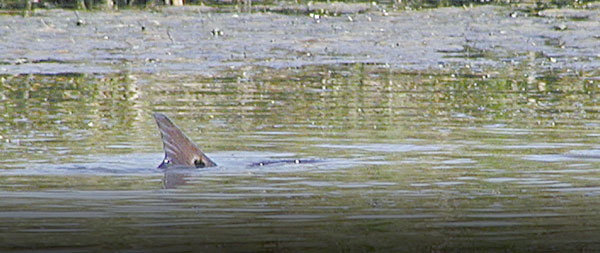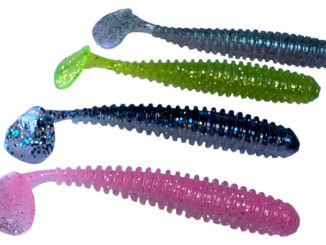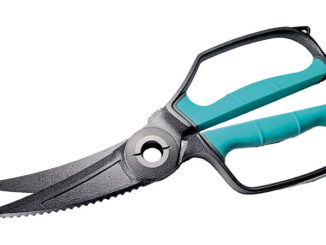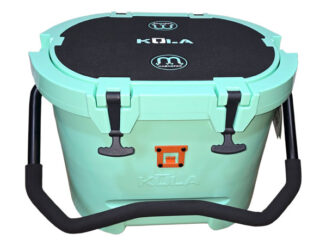
Shooting range included in reopening.
Recently my young nephew Kurt accompanied me in the “Red Sticker I,” my Old Town Guide canoe, on a trip into the deep marsh for the wily Spottail Elvis. As the sun peeked over the horizon welcoming a new day, the first back appeared on the edges of a mat of widgeon grass. It was big and it was bronze. It was Elvis himself.
A canoe, like a kayak, can stealthily invade shallow waters. But it has the added advantage of allowing the pilot (guy in the rear — that’s me) to place his front-seated partner in the right position for an effective cast.
The fish was moving slowly right to left. Now was the moment of truth — that instant when preparation meets opportunity.
Was Kurt prepared? If he’d studied his video, then maybe.
Many years ago, I picked up a video by the late Billy Pate, “Fly Rodding for Tarpon.” Forget the title — the content has applications that apply to any cruising saltwater predator. Pate discusses how to target a fish’s strike zone, and in such a manner that the fish makes minimal effort to change direction in his pursuit of the fly.
Every now and then, I slip it into the old VHS player. It’s not just entertaining, but it takes a different approach than most “how to” fishing videos. Rather than dwell on tackle, leaders and flies, it focuses mostly on the tactical approaches.
Casting plays an integral role. Forget all this double haul, triple haul, u-haul. That doesn’t impress a fish who, if you give him a chance, can get within rod’s length of you. Pretend you’re hunting, not fishing — exercise patience, be still, and most of all, make a precise cast.
Most flyrodders cast to the fish, trying to hit it on the nose. Pate had a better approach.
Casting ahead of the fish’s movement allows for any errant cast to be corrected or recast. For example, if you cast at the fish, and you cast too far, fly line falls on its back and spooks the fish. If you cast far enough ahead, and make too long a cast, you have time to strip in line so the fly passes in front of the fish just as the fish comes in visual range.
Pate notes that a predator fish is slightly alarmed by any prey that doesn’t swim from it. For example, it’s just not natural for a minnow to approach a big fish that might eat it. Except maybe if the minnow has been watching too much “Jersey Shore” and wants out of his misery for good.
For that reason, always have your fly either at or just past the point of intersection when the fly becomes visible to the fish.
Back to our trip. Kurt executed the plan of attack like a pro. As the bronzed back meandered toward his leader, he stripped in quickly then slowly. The red caught a glimpse of the spoon fly. And as Kurt continued to strip in, the fish turned in direction and rushed toward the fly.
The only thing more exciting than watching a red “submarine” on a fly — creating a small tsunami in the process — is watching one rise to eat a popper. In the second the strike occurred, and he set the hook, I could see the intensity in Kurt’s face. His veins bulged out, his eyes opened wide.
As line ripped off the reel, the second half of Pate’s video came into play. Bringing the rod from one side to another, keeping the tip down and using the butt section to avoid all the stress on the tip, Kurt never relinquished pressure.
Within a few minutes, he had subdued the denizen. I put the gripper on its mouth, lifted it up, and presented Kurt with his 8½-pound trophy!
You’re probably wondering how Kurt was able to execute the cast, the approach, and the fight on only his third marsh fly fishing trip. The answer is “practice.”
That’s right — you can practice casting and fighting techniques in your backyard. It helps to have a brother, or anyone else, who is willing to play the part of the Spottail Elvis.
First, tie a strip of yarn on the end of your leader as a fly. Have your “pretend fish” walk around, cast ahead of their movement, strip the yarn fly into their path, then let them pick up the yarn fly, and run different directions to simulate the fight.
These techniques not only work great for reds, but also black drum, jack crevalle, cobia and largemouth bass.


